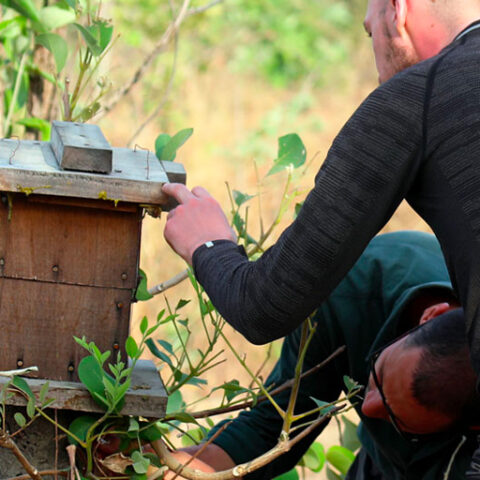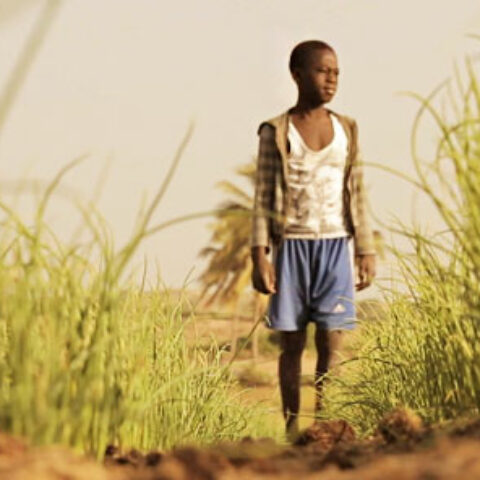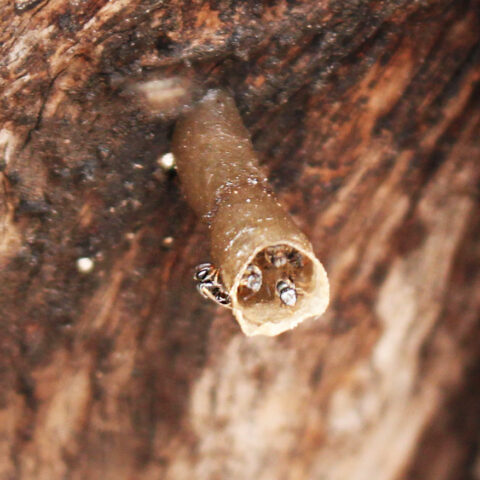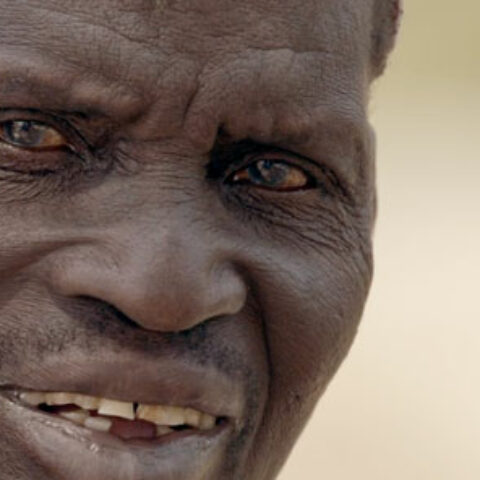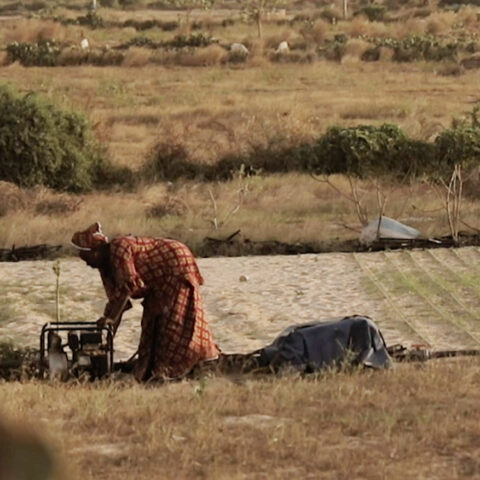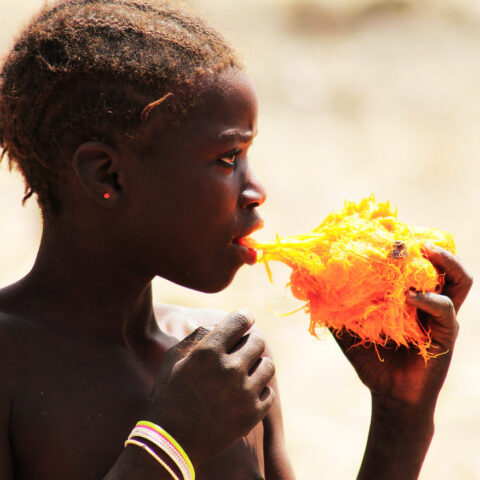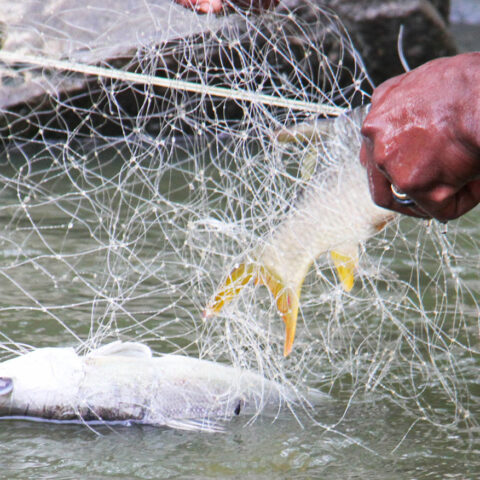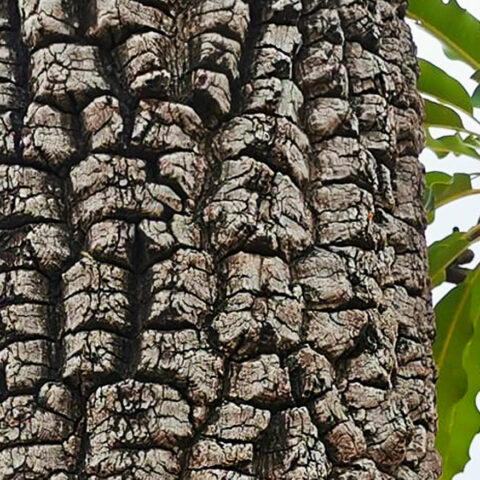
Our Current Projects
Develop Economic Alternatives
You can contribute with a single/recurring donation, and see below examples of what your donation can buy.
Develop Economic Alternatives
WHY SUPPORT THIS PROJECT ?
Due to population explosion and a human influx into rural areas surrounding protected areas, existing villages are expanding and new villages are emerging, sometimes illegitimately, and often with the complete complacency of customary authorities.
Developing rural-production economic chains that feed into the revitalisation of the local socio-economic structure, and can also contribute to food production are proven to be very beneficial to divert populations from partaking in harmful/illegal activities and convert them into actors that aid the conservation of biodiversity.
Developing rural-production economic chains that feed into the revitalisation of the local socio-economic structure, and can also contribute to food production are proven to be very beneficial to divert populations from partaking in harmful/illegal activities and convert them into actors that aid the conservation of biodiversity.
Some agricultural and natural indigenous products have high values and strong economic spin-offs and thus the potential to offer sustainable commercial alternatives for local populations (especially those involved in illegal and damaging activities). Below are a few examples of dynamic alternatives we would like to explore:
1/ MELIPONA BEEKEEPING:
→ Honey from one of the Melipona bee species is a rare nectar, which has little commercial interest on the domestic market since a hive produces a few dozen centilitres per year. However, exported and positioned within the foreign luxury market, it can generate significant economic revenue and be part of a sustainable approach to creating value and wealth.
→ The establishment of Melipona bee colonies and the conservation of these insects, which are negatively impacted by the typical rampant bush fires, aids pollination and vegetation productivity. Coupled with agro-ecology projects, Melipona projects could create very positive ecological synergies.
→ We have already made prototypes of hives and initiated a study of these animals and their honey.
→ We need to continue the studies and the product tests to develop the product and marketing, establish distribution channels, build partnerships with local populations, and supply kits and training. Once the model is established, it can be duplicated on any scale in any of the three savannah regions of the North, Far North & Adamaoua, etc.
2/ SHEA BUTTER PRODUCTION:
→ Shea butter, which is a thick oil made from the indigenous shea tree (Vitellaria paradoxa) has long been a high-end highly valued ingredient for the cosmetics industry in the developed world. As an export product, shea butter has the potential to raise significant revenues for local populations, especially if the the natural density of shea trees is increased by active planting of the trees. Organised shea butter harvesting and production cooperatives have been successfully implemented in other Sahelo-Sudanian Savanna countries like Burkina Faso (in Burkina shea nuts are the countries third most important export).
3/ OTHER PROJECTS:
→ Traditional crops like sweet potatoes, peanuts and many other products can be included in the creation of dynamic economic channels.
→ Development of fisheries (e.g. tilapia) outside the preserves (aquaponics, small-scale intensive production).
→ Breeding of common cane rats (Thryonomys) or duikers because of their good reproductive performance, to combat illegal poaching.
As always, care must be taken not to develop these activities too close to protected areas, or without the correct protocols. Human disturbance can negatively affect animals’ habits.
1/ MELIPONA BEEKEEPING:
→ Honey from one of the Melipona bee species is a rare nectar, which has little commercial interest on the domestic market since a hive produces a few dozen centilitres per year. However, exported and positioned within the foreign luxury market, it can generate significant economic revenue and be part of a sustainable approach to creating value and wealth.
→ The establishment of Melipona bee colonies and the conservation of these insects, which are negatively impacted by the typical rampant bush fires, aids pollination and vegetation productivity. Coupled with agro-ecology projects, Melipona projects could create very positive ecological synergies.
→ We have already made prototypes of hives and initiated a study of these animals and their honey.
→ We need to continue the studies and the product tests to develop the product and marketing, establish distribution channels, build partnerships with local populations, and supply kits and training. Once the model is established, it can be duplicated on any scale in any of the three savannah regions of the North, Far North & Adamaoua, etc.
2/ SHEA BUTTER PRODUCTION:
→ Shea butter, which is a thick oil made from the indigenous shea tree (Vitellaria paradoxa) has long been a high-end highly valued ingredient for the cosmetics industry in the developed world. As an export product, shea butter has the potential to raise significant revenues for local populations, especially if the the natural density of shea trees is increased by active planting of the trees. Organised shea butter harvesting and production cooperatives have been successfully implemented in other Sahelo-Sudanian Savanna countries like Burkina Faso (in Burkina shea nuts are the countries third most important export).
3/ OTHER PROJECTS:
→ Traditional crops like sweet potatoes, peanuts and many other products can be included in the creation of dynamic economic channels.
→ Development of fisheries (e.g. tilapia) outside the preserves (aquaponics, small-scale intensive production).
→ Breeding of common cane rats (Thryonomys) or duikers because of their good reproductive performance, to combat illegal poaching.
As always, care must be taken not to develop these activities too close to protected areas, or without the correct protocols. Human disturbance can negatively affect animals’ habits.
Single or Recurring Donation
Examples of what your donation can buy
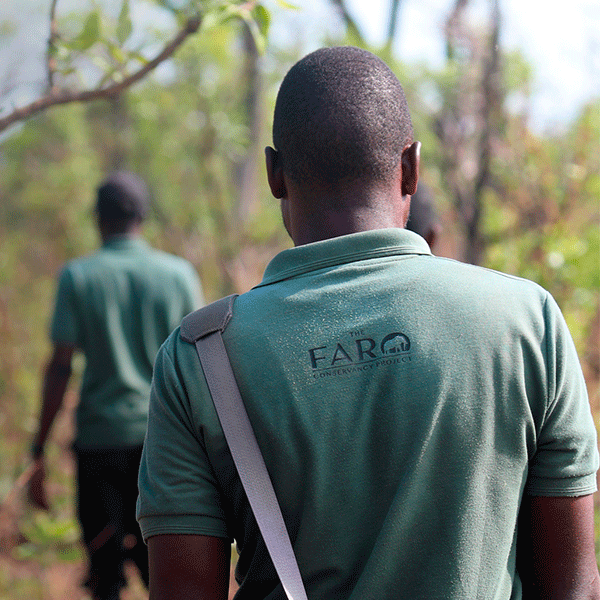
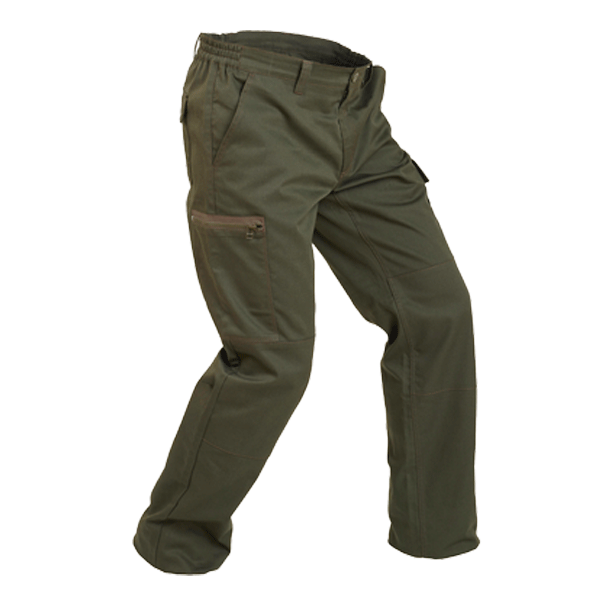
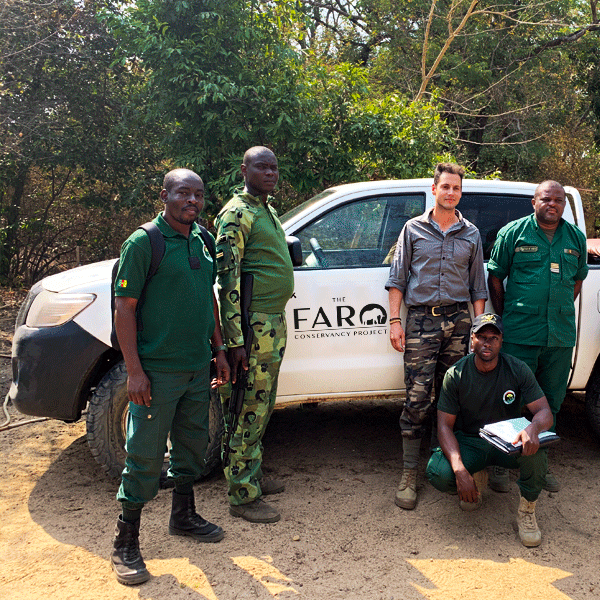
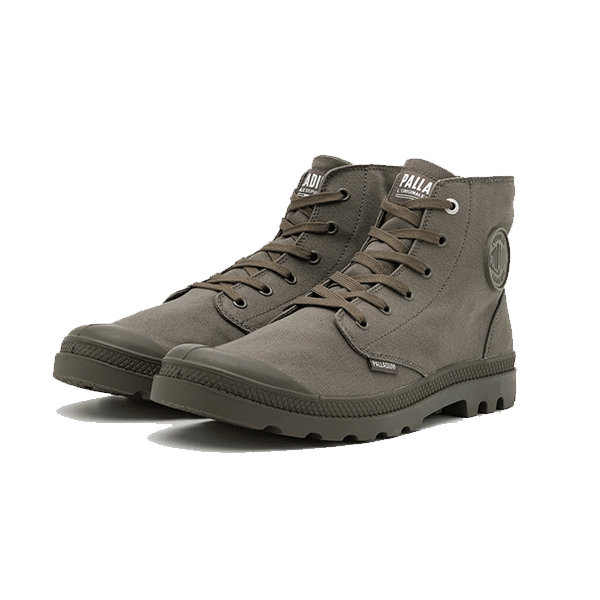

Trousers for 1x Staff
€25.00

1x Day of Fuel
€12.00

Pair of Boots for 1x Staff
€55.00
